Victoria Day, the last Monday before May 25, is synonymous with the start of summer.
Because of my maternal roots in having a staunch British grandfather, whose loyalty to the crown was impeccable, I felt drawn to write about Queen Victoria through another lens, probably unknown to my dear grandfather, who may well “turn over in his grave” at what follows.
The lens I propose is through the Indigenous peoples of this land which they occupied long before the British empire was established.
Queen Victoria reigned from 1837-1901, having ascended the throne at the young age of 18. Her reign was marked by significant industrial, political, scientific and social changes, as well as the expansion of the British empire. In the 63 years and 216 days of her reign, the Victorian Era was born.
With this expansion of the British empire, she enjoyed the support from the previously enacted Doctrine of Discovery of 1534 by Pope Alexander the VI. Although succeeding popes renounced this doctrine, its sentiments remained strong in the minds and hearts of Europeans, for by it, this meant that European colonizers had the blessing of the Pope to claim and occupy these “empty lands” (Terra Nullius)
As a result, Victoria’s reign was marred by the establishment of Residential Schools which were established solely to wipe out the Indigenous peoples by separating children from their parents and educating them into the “civilized” way of life, as defined by European standards.
This continues to be the case in our system of childcare:
“Recent statistics paint a troubling picture of the challenges facing Indigenous children in Canada. According to 2021 data from Statistics Canada, despite making up only 8% of the child population in Canada, a staggering 53.8% of children in foster care are Indigenous. There are more than 28,000 Indigenous children in government care today, which is 2.5 times the number that were in residential schools at their peak in the 1930s.”
Queen Victoria is also known as the “Mother of Confederation”:
As the reigning monarch, she granted Royal Assent to the British North America Act, which established the Dominion of Canada in 1867. She also appointed Canada's first senators and proclaimed the act's commencement. Victoria was a strong supporter of Confederation, believing it would benefit the provinces and strengthen relations with the United States.








